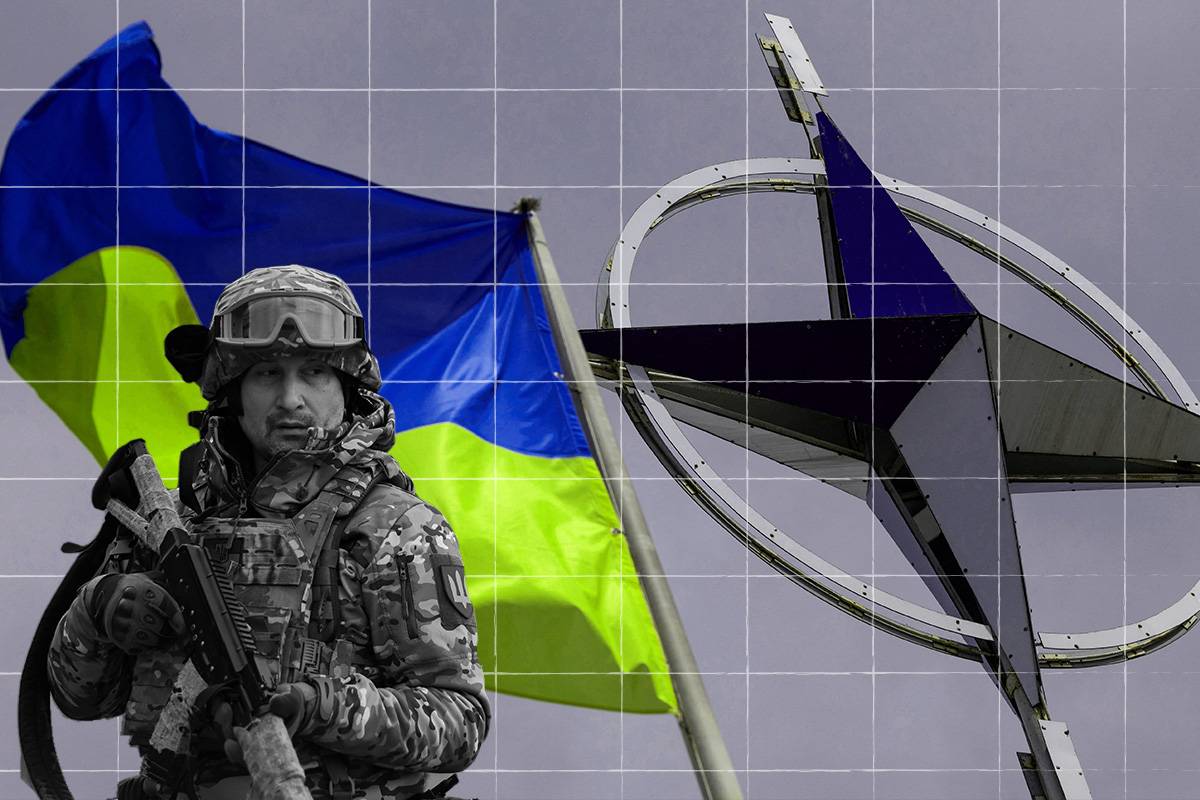2168 Views
Post- Trump Europe: Can the UK and EU Replace NATO before It Is Too Late?
In recent years, Europe’s security landscape has undergone profound transformations driven by geopolitical uncertainties, the evolving role of the United States, and the aftermath of Brexit. In this context, both London and Brussels have intensified their efforts to establish a sustainable framework for long-term defense cooperation. The proposed UK–EU Defense Pact aims to adapt to the weakening of the United States' traditional role in European security—particularly amid concerns about Donald Trump’s approach to NATO and its unpredictable implications for security cooperation.
This emerging pact also seeks to address new security challenges across the European continent, placing the security of Ukraine at the center of collaboration, while attempting to overcome structural and political barriers arising from Brexit and institutional divergences.
In May 2025, the UK and the EU took a significant step forward by forming a security and defense partnership during the inaugural UK–EU Summit. This agreement facilitates high-level dialogues, strategic consultations, and joint initiatives. It potentially enables the UK to participate in specific EU defense projects, reflecting a shared commitment to confront mutual threats—especially the Russia–Ukraine war and broader geopolitical instability. It also opens avenues for British companies to benefit from the EU's proposed €150 billion defense procurement loan scheme, provided eligibility criteria are met.
This initiative signals a willingness to move past post-Brexit tensions and focus on mutual security interests—especially as uncertainties grow over the United States' commitment to NATO. Both the UK and the EU now view security as a vital area of common ground.
In the absence of formal post-Brexit institutional integration, flexible alliances such as the Joint Expeditionary Force (JEF) and the E5 group (France, Germany, Italy, Poland, and the UK) have become more prominent. JEF enables rapid deployment for crisis response, allowing EU member states to bypass lengthy bureaucratic procedures. Meanwhile, E5 focuses on joint procurement and developing defense capabilities, strengthening cooperation among key EU countries. These mechanisms provide a practical framework for post-Brexit military collaboration, allowing the UK to engage in specific projects without being part of EU institutional structures. This flexibility is crucial for addressing urgent security challenges while navigating institutional constraints—enhancing the dynamism of cooperation, which appears critical for both Europe and the UK at this juncture.
Moreover, the security of Ukraine serves as a central pillar of the proposed UK–EU defense pact. Russia’s war has prompted both the UK and the EU to deliver significant military and financial assistance to Ukraine. The EU has tapped into its European Peace Facility for military support, while the UK has supplied weapons and training for Ukrainian personnel. The new partnership aims to streamline these efforts and ensure coordinated support that addresses Ukraine’s defense needs. This focus not only responds to immediate threats but also strengthens Europe’s deterrence posture and signals strategic coherence to adversaries like Russia. By prioritizing Ukraine, both the UK and the EU aim to stabilize the continent and counter broader geopolitical volatility.
Additionally, strengthening the European Defence Technological and Industrial Base (EDTIB) is critical to reduce reliance on American suppliers. The EU’s €150 billion loan program aims to boost EDTIB but excludes non-EU states—unless they sign a security partnership. The May 2025 agreement could allow British companies to participate by leveraging the UK’s advanced defense industry.
Updating legacy agreements, such as the 2000 Memorandum of Understanding, will be necessary to define the UK’s role and safeguard mutual interests in procurement and joint research. Such integration is essential for a coherent European defense environment. While some EU members remain cautious due to lingering Brexit-related concerns, all parties appear increasingly committed to building trust and identifying common solutions to overcome barriers.
The UK also faces the intricate challenge of balancing its "special relationship" with the United States and forging a new strategic bond with the EU. Historically, the UK has relied on the US through NATO, but uncertainties surrounding US commitments during Trump’s presidency have nudged London toward closer ties with Brussels. The UK must reassure Washington that its EU cooperation complements, rather than competes with, the transatlantic alliance—while also demonstrating its commitment to European security to Brussels. This delicate diplomacy requires clear communication to align all parties’ interests, with the UK aiming to position itself at the center of this process to preserve its balancing role.
Ultimately, the UK–EU defense pact reflects a pivotal shift in Europe’s security architecture, driven by doubts over US reliability and the urgent need to support Ukraine. The UK seeks to reduce defense costs while maintaining global influence and is pursuing both bilateral and multilateral engagement. Whether this strategy will succeed remains uncertain, as it depends on overcoming institutional obstacles and navigating geopolitical complexities.
*Translated by Ashraf Hemmati from the original Persian article written by Amin Mahdavi

Comment
Post a comment for this article